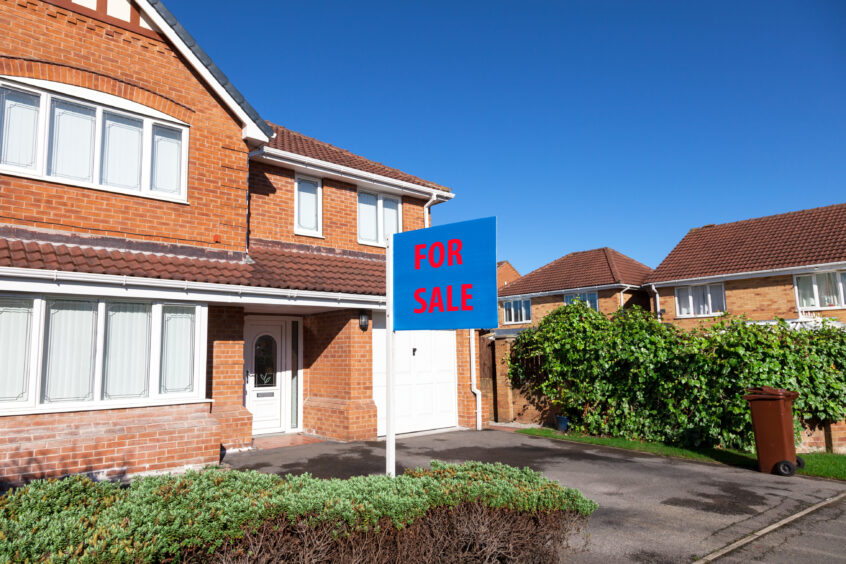
No-one wants to think about a time where they might not have capacity to look after themselves or make their own decisions, but it makes sense to plan ahead for the future if you’re nearing retirement or have retired.
Life expectancy in Scotland is rising and for many that also means a healthy and independent old age. However, some people as they age may need the round-the-clock care and services of a care home, which prompts questions about who will pay for your care and whether you’re willing to lose your home to fund care home fees in Scotland.
-
Some Sunday Post online content is funded by outside parties. The revenue from this helps to sustain our independent news gathering. You will always know if you are reading paid-for material as it will be clearly labelled as “Partnership” on the site and on social media channels,
This can take two different forms.
“Presented by”
This means the content has been paid for and produced by the named advertiser.
“In partnership with”
This means the content has been paid for and approved by the named advertiser but written and edited by our own commercial content team.
Here, in this video, Tony Marchi from ILAWS Scotland outlines a detailed overview of the care home fee situation in Scotland, and below, we aim to answer the most common questions about care home charges as well as how to avoid them.
1. What is the average cost of care home fees in Scotland?
Care homes are not cheap. The average cost is around £1,000-a-week, but this charge can rise to more than £2,000-a-week depending on the level of care required by a resident.
2. Are care home fees capped in Scotland?
No, and this is a common misconception as in England there is now a capped amount that local authorities will take from an individual – which is £86,000 – but there is no cap in Scotland.
It is also worth noting that this so-called cap is not what it seems as this is a care figure only – you will be expected to pay separately for your heating & electric and your room rent and your meals.
If you or your partner need to move into a care home, then the local authority can seize your assets to cover your care fees. It’s a worry to many, especially after working hard all our lives to pay off our homes.
3. Will you be required to pay for care?
Yes, if you have capital assets worth more than £29,750 (including the value of your home). That means you usually won’t qualify for local authority funding to cover your care home fee and must meet your own care costs in full.
4. Must your home be sold to pay for care home fees?
In Scotland today, homeowners are having to sell their house to pay for care home fees, after 25 years of mortgage payments. Although not everyone is eligible to prevent this from happening, some homeowners are, so it is definitely worth investigating.
5. Can you legally prevent your home from being sold?
Tony Marchi at ILAWS Scotland says there are legitimate ways of protecting your home from being used to pay for care. You can protect your property by using trusts and or transfers but every situation and the Client’s wishes are unique to them.
How to plan for care fees in Scotland
Find out more about how to protect your home.
As well as setting up trusts and transfers for you, ILAWS Scotland also specialises in Will-writing and estate planning. Find out more about Power of Attorney* and why you need a Will.
*For a limited time only a POA at ILAWS is just £192 (that price includes vat) plus £81 for courts registration. Email ILAWS at info@ilawsscotland.co.uk to arrange yours before time runs out.

Enjoy the convenience of having The Sunday Post delivered as a digital ePaper straight to your smartphone, tablet or computer.
Subscribe for only £5.49 a month and enjoy all the benefits of the printed paper as a digital replica.
Subscribe © Shutterstock
© Shutterstock